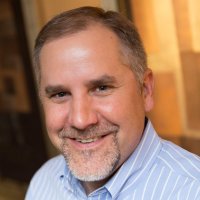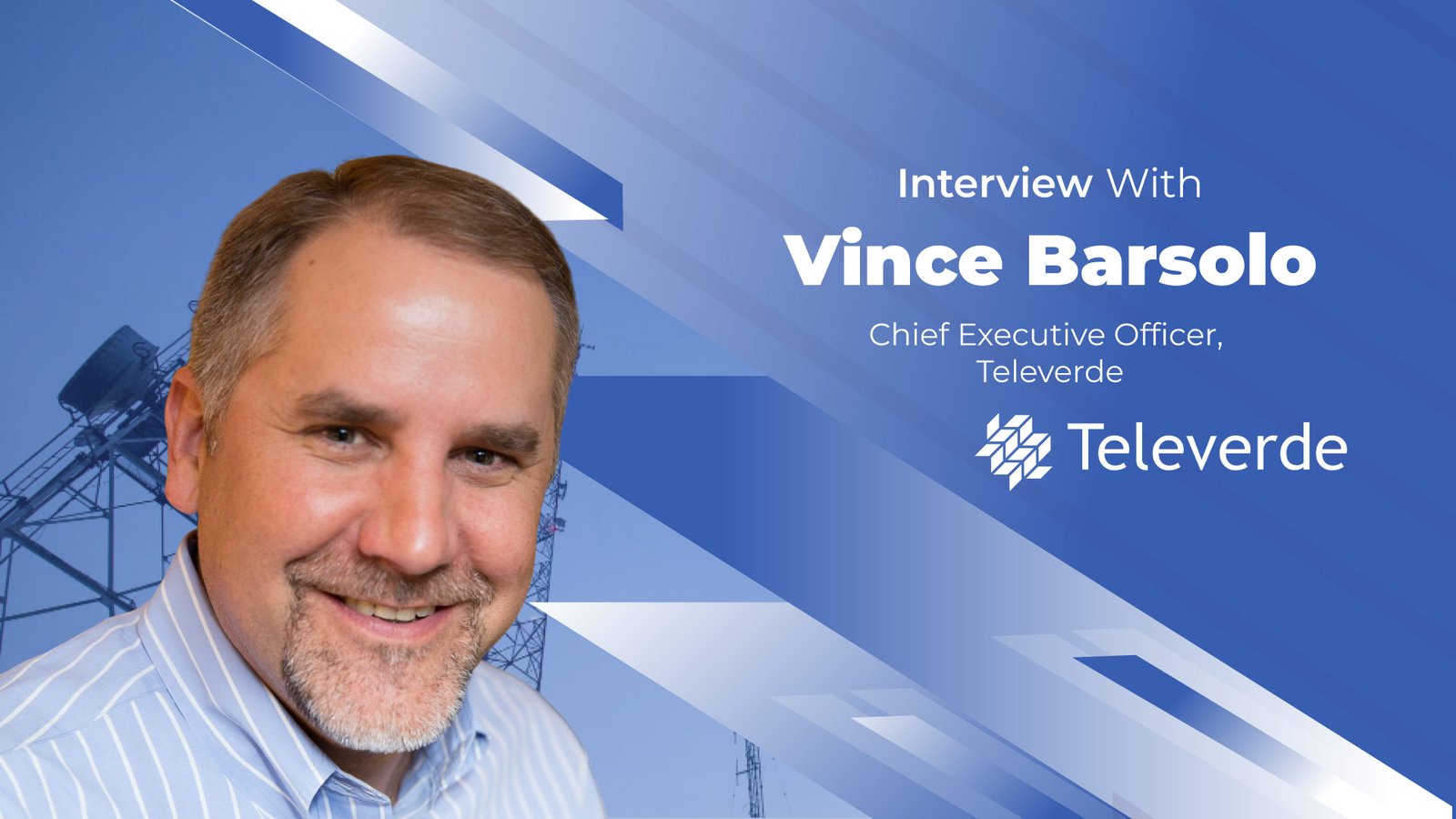A look at how purposeful leadership and balanced innovation are reshaping business growth and workforce impact.
You’ve built a career at the intersection of growth strategy and purpose-driven leadership. What personal experiences most shaped your approach to leading Televerde today?
I was fortunate to learn from three extraordinary leaders early in my career who set the foundation for how I lead today. The first was Wiley Smith, who was the sports information director at NAU when I was a student. Wiley had an uncanny ability to turn every mistake into a learning moment and modeled what it means to invest in people first. The second was Bob Fulton, who gave me my first real job in business and created an environment that felt less like work and more like a family business, where every individual’s contribution was valued. The third was Jim Hooker, Televerde’s first CEO, who showed me how to unlock business acumen and strategy in people whose backgrounds didn’t traditionally point toward corporate success. Each of them proved that leadership isn’t about title or power; it’s about creating conditions for people to thrive. Later, watching the women in our program rebuild their families, pursue higher education, and launch meaningful careers brought it full circle. It showed me that purpose-driven leadership is really a growth strategy with generational impact.
Business growth is happening against a backdrop of labor disruption and rapid technological change. How do you interpret this moment for companies trying to scale?
It’s not either/or. It’s both. Too often, companies frame the conversation as a choice—investing in people or technology. The truth is that sustainable growth comes from integrating the two. Technology should never replace your best people; it should amplify them. When you deploy automation and AI to handle routine tasks, you give your workforce the bandwidth to lean into what humans do best: critical thinking, creativity, problem-solving, and relationship-building. That’s where competitive advantage is born. Companies that understand this balance will scale faster, deliver stronger client outcomes, and build a more loyal and future-ready workforce.
Televerde positions itself as more than just a demand generation partner. What defines your end-to-end methodology and why does it matter in the B2B space?
Televerde’s strength lies in acting as true brand ambassadors for our clients. We prepare our teams to represent each client with the same depth of knowledge and commitment as an internal employee would. That means developing fluency in the client’s value proposition, building the confidence to engage decision-makers, and having the skill to navigate objections with credibility. In the B2B space, those abilities matter because trust is the currency of growth. Companies win when their buyers feel understood, and our model ensures that every conversation builds that trust while moving opportunities forward.
Your model is built on simultaneously delivering measurable client results and creating a pipeline of trained talent. How do these two priorities reinforce one another?
They absolutely go hand in hand. You can’t deliver sustainable results without developing people, and you can’t develop people in isolation from real business outcomes. At Televerde, those two priorities feed each other in a continuous cycle. As our talent grows, they deliver stronger outcomes for clients. Those outcomes, in turn, create more opportunities for development and advancement. When many of our women are ready to leave the program, they can walk into a client’s organization and contribute at a level that often exceeds traditional new hires because they’ve been embedded in that company’s culture, language, and customer base for years. That’s the unique power of our model: client success and human potential advancing together.
In your view, what is the biggest misconception companies have when it comes to building sustainable sales and marketing pipelines?
That it happens overnight! Our business culture thrives on instant results, but building a sustainable pipeline is a long game. It takes time, energy, and relentless focus. You have to engage deeply with prospects, listen to their challenges, and align solutions to what they truly need, rather than just what you’re selling. Our most successful, long-term client partnerships didn’t materialize in a quarter. They were built over years of mutual effort, transparency, and iteration. The payoff is that when you commit to the process, you end up with something far more valuable than quick wins. You create systems that consistently generate qualified leads, convert them into customers, and grow revenue over time–without burning out resources or depending on short-term hacks.
Innovation often gets reduced to tools and technology. How do you ensure that innovation inside Televerde also includes workforce development and leadership practices?
Tools and technology are just that…tools. It’s like having the best golf clubs. You still have to hit the shots yourself! The same is true in business. Technology can give you an edge, but people are the ones who drive performance. At Televerde, we invest heavily in leadership and workforce development so our people can maximize the tools at their disposal. In our view, innovation isn’t just about adopting the latest platform or capability; it’s about empowering people to think differently, lead confidently, and deliver better results. That’s what makes innovation stick.
Balancing automation, AI, and human expertise is no small task. How do you decide where to lean into technology and where to double down on people?
We focus technology on the repetitive, low-value tasks that don’t require creativity or problem-solving. That’s where automation and AI excel, and it ensures efficiency without sacrificing quality. But the real differentiator in business still comes from people. By freeing our workforce from routine work, we give them the space to lean into what humans do best: critical thinking, innovation, and building authentic relationships with customers. The goal isn’t to replace people with technology; it’s to create conditions where people can deliver their highest value.
Can you share an example of how Televerde’s model delivered growth for a client while also showcasing the strength of your workforce strategy?
One powerful example is a leading software company we’ve partnered with for over a decade. The relationship began traditionally with Televerde serving as an outsourced vendor. However, as the client saw the value of our model, they expanded the engagement and embedded us more deeply into their business. Over time, this evolved into something much bigger: a talent pipeline. Women who had represented the client inside Televerde were later hired into roles at our corporate office, bringing with them years of direct experience with the client’s products, customers, and culture. By the time they walked through the client’s doors, they were already fluent in the business and able to contribute at a high level from day one. That’s the essence of our model—growth for the client and growth for the individual, reinforcing each other.
Looking at the decade ahead, where do you see the biggest opportunities for companies that successfully combine advanced technology with a high-performing, loyal workforce?
The real opportunity is a smarter, more agile workforce that consistently delivers higher-quality results because they’re empowered by technology rather than constrained by it. Advanced tools should put the right information at employees’ fingertips, enabling them to adapt quickly, make better decisions, and solve problems in real time. But technology alone isn’t enough. Combining those capabilities with a loyal and committed workforce creates a culture of resilience and innovation that compounds over time. Companies that strike this balance won’t just achieve incremental gains; they’ll define the future of work and set new standards for growth in the decade ahead.
For executives navigating this disruptive environment, what guiding principle has been most valuable for you in sustaining growth while keeping purpose at the center?
For me, it comes down to giving equal attention to people and technology. Disruptive tools will always emerge. First it was marketing automation, now AI, and there will be something else tomorrow. But, technology should never be allowed to replace the human skills that actually sustain businesses: communication, trust building, and authentic relationships. If you over-index on tools, you risk losing the very qualities that make growth sustainable. The principle I hold to is simple: invest in people, and use technology to enhance their impact, not diminish it. When you keep that balance, growth follows naturally, and purpose remains at the core of leadership.

Vince Barsolo
Chief Executive Officer, Televerde
Vince Barsolo (LinkedIn | Website)is the CEO of Televerde, a global revenue creation partner that helps B2B companies accelerate growth through demand generation, sales, and customer success solutions. What sets Televerde apart is its pioneering business model: combining advanced technology with a purpose-driven workforce that includes women incarcerated in prison. This approach delivers measurable client results while creating career pathways and breaking cycles of incarceration, making Televerde a leader in both business performance and social impact.

